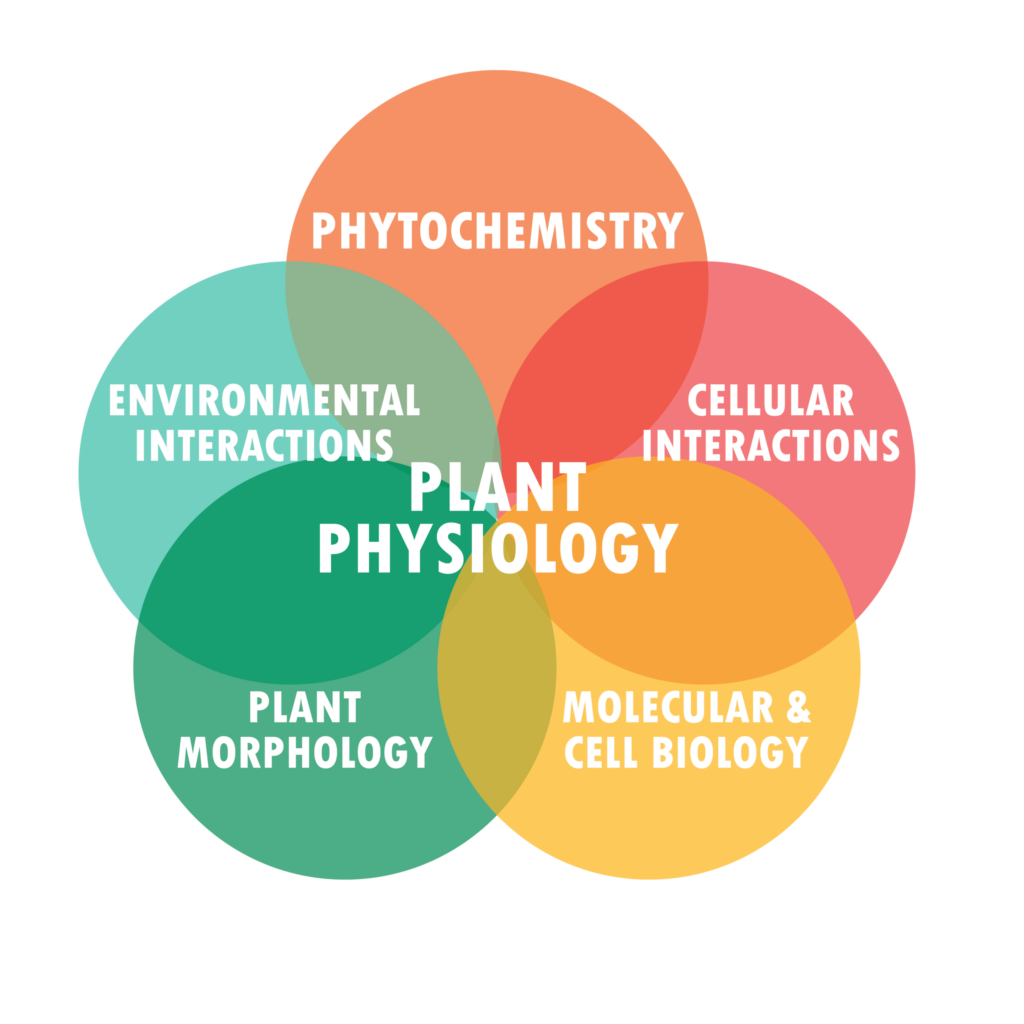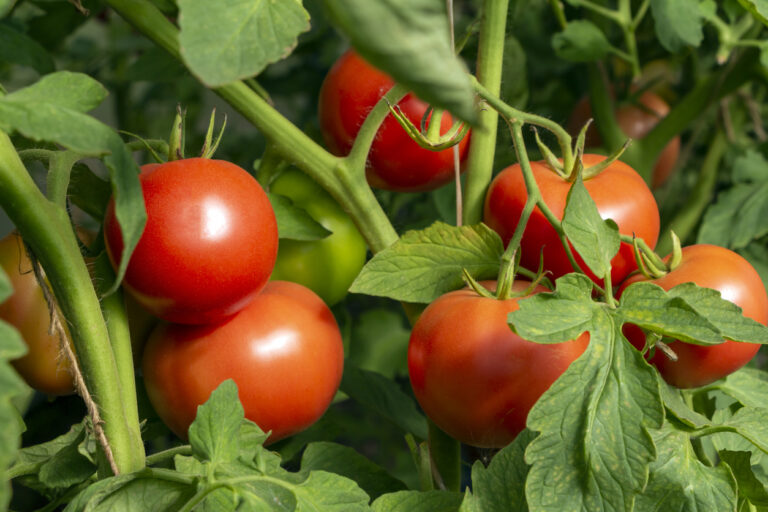Biostimulants create many different desired benefits in plants. Biostimulant effects such as larger leaf area, increased root growth, or enhanced nutrient storage can ultimately result in healthier, more productive, and more resilient plants. Enhancing plant physiological functions often yields good results; however, we must remember that during these periods of enhanced function, the plant is allocating its resources toward the new growth initiated by a biostimulant application. In doing so, it creates a temporary resource sink – a window of unplanned resource allocation; also known as transient deficiency.
For the highest performing crops, this temporary period of resource allocation is an opportunity; we call it the Optimization Window. The Optimization Window is a period of time, after applying the biostimulant, during which the crop has the opportunity to increase its potential for crop quality and yield and improve its performance, but it needs the proper resources and tools to make that happen. This is where next-generation biostimulant products come in. Next-generation biostimulant solutions not only set the crop up with the opportunity for an Optimization Window, they also provide everything the crop needs to take advantage of that window, whether that’s key nutrition or complementary biostimulants that produce synergistic effects. With the right next-generation biostimulant solution that is enhanced by complementary nutrition, the crop can reallocate resources during periods of enhanced function and still ensure it has everything it needs to reach its greatest potential at harvest.
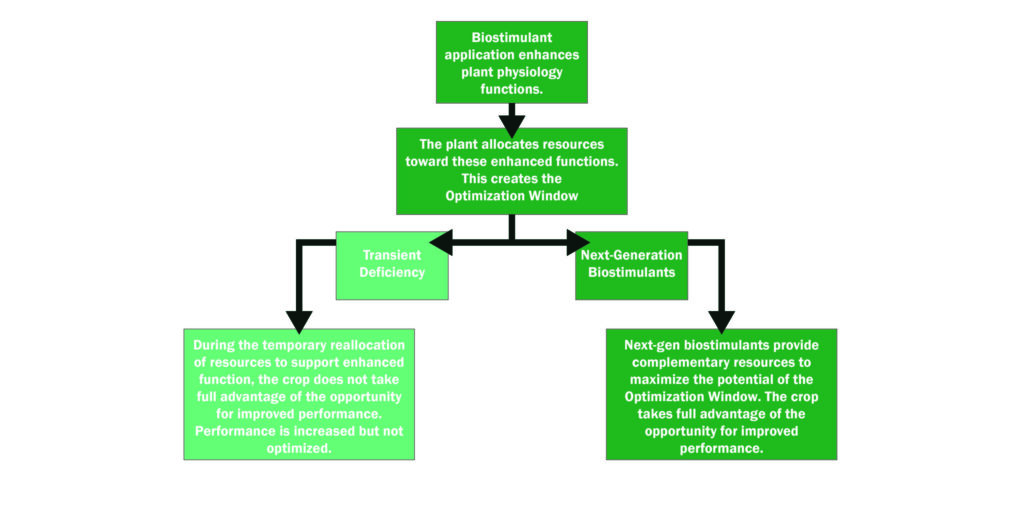
Consider a marathon runner. She may have prepared properly ahead of the race by eating healthy, nutrient-rich foods and hydrating with water and electrolytes. She has the fuel to make it to the finish line, but at mile seventeen, she’s dragging. Maximum performance requires an additional fuel boost. If she fuels up with an energy bar when she’s beginning to tire, she gets the extra shot of energy she needs to finish with her personal best time.

The Science Behind the Optimization Window
Nutrients are essential for plant growth. We typically consider macro– and micronutrients as the two main categories that directly impact plant performance. Their demand differs by crop and environment, and uptake of nutrients can be altered by changes to the plant physiology, transporter systems, and the soil itself. These shifts ultimately change the plant’s nutrition. Below are the three main factors that can alter plant nutrient uptake:
- Root morphology changes
- Regulation of the plant’s transporter systems
- Alterations to the rhizosphere
Root Morphology Changes
Take arbuscular mycorrhizal fungi (AMF) as an example of how resource allocation can improve the plant’s yield and performance. The presence of AMF signals a plant to release root exudates that activate fungal growth. This fungal network can expand the plant’s rooting zone by up to 50 times, improving access to water and nutrients. To support the AMF, the plant must continuously produce and release exudates to sustain the fungi throughout its life. This resource reallocation creates an Optimization Window. Because AMF and plants have a symbiotic relationship, the additional resources needed by the plant during the Optimization Window are provided by the fungi. This symbiotic relationship boosts plant performance, resulting in increased nutrient and water uptake, improved soil structure, and ultimately, improved yield.

Regulation of the Plant's Transporter Systems
Some biostimulants can influence how plants regulate transporter systems, which depends on the crop, nutrient availability, and environmental conditions. These effects typically fall into two main categories: nutrients and water.
Nutrients: Biostimulants can impact nutrient use, but the demand varies throughout the growing season. For example, a biostimulant that increases leaf area can improve canopy closure and nutrient storage, which requires reallocation of iron and manganese resources and sets the crop up for an Optimization Window. By meeting the plant’s extra need for iron and manganese to support photosynthesis during this Optimization Window, you can take advantage of the improved canopy closure and nutrient storage.
Water: Water needs depend on the plant’s growth stage and environmental conditions. For instance, during heat stress, stomatal regulation becomes critical. Potassium helps control stomatal opening and closing, so plants need enough potassium to manage heat effectively. Likewise, if a biostimulant improves stomatal performance, the plant must have adequate potassium levels to support this function during the Optimization Window.
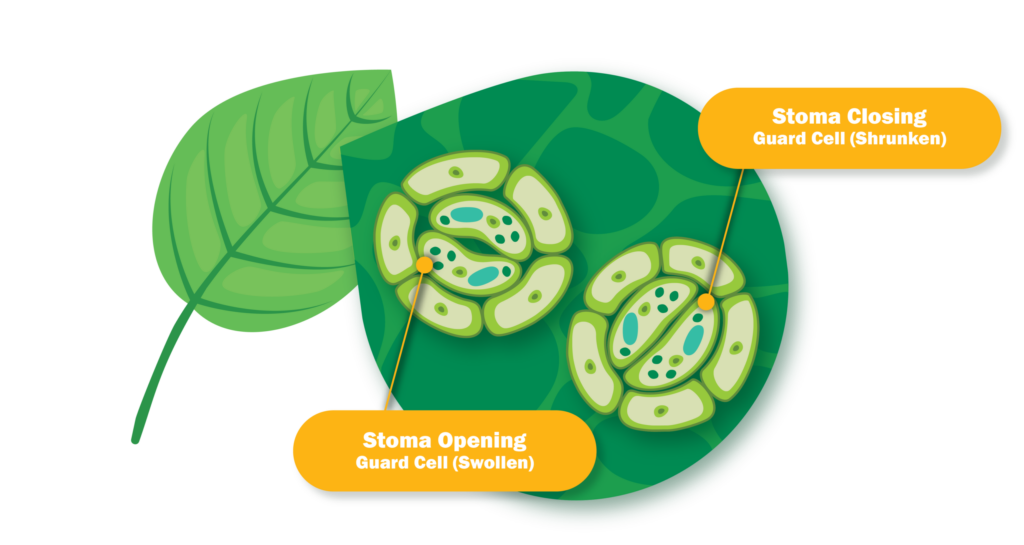
Alterations to the Rhizosphere
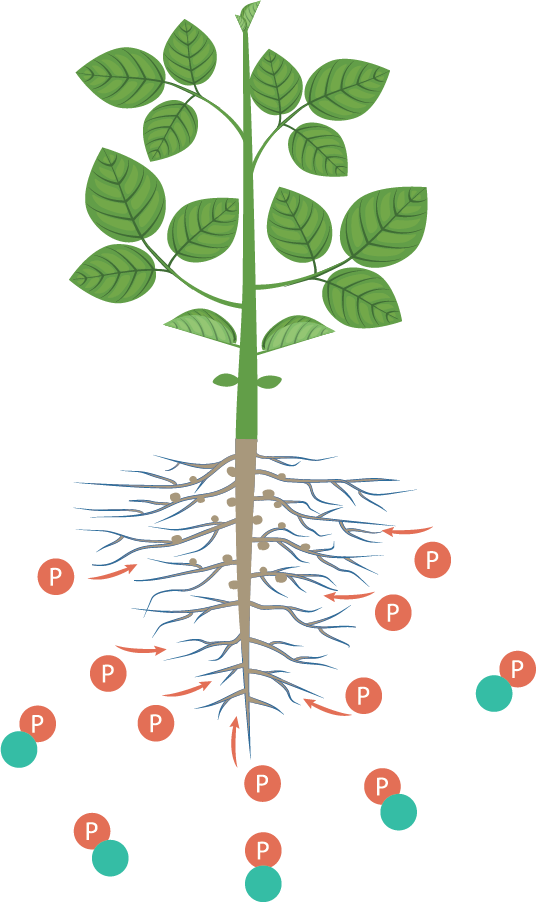
Biostimulants can directly influence the rhizosphere through biochemical and chemical pathways. For example, some biostimulants solubilize bound nutrients in the soil, making them available to plants, while others improve nutrient chelation, preventing leaching and increasing plant access. These changes affect nutrient availability and trigger secondary responses in plants.
For example, phosphorus-solubilizing microbes can increase the availability of phosphorus in the soil. Plants recognize this and increase phosphorus uptake to meet the existing demand, which requires them to produce sufficient proteins for transporting the nutrient across cell membranes. This creates an Optimization Window. Using a next-generation biostimulant supports the additional phosphorus uptake. Setting up the Optimization Window, and fortifying the plant during nutrient reallocation, is key.
Our next-generation biostimulant solutions are formulated to support the crop's ability to maximize the Optimization Window.
Complex System
Below are the five key areas that make up plant physiology and how they overlap in the complex plant system. When any one area is impacted, the system needs to re–balance. That’s where next–generation biostimulant formulations can help, providing a wholistic solution and taking full advantage of the Optimization Window to improve crop performance.
